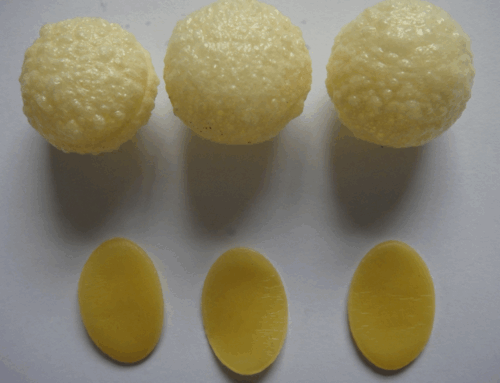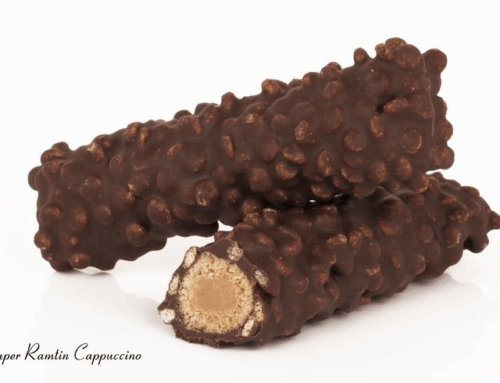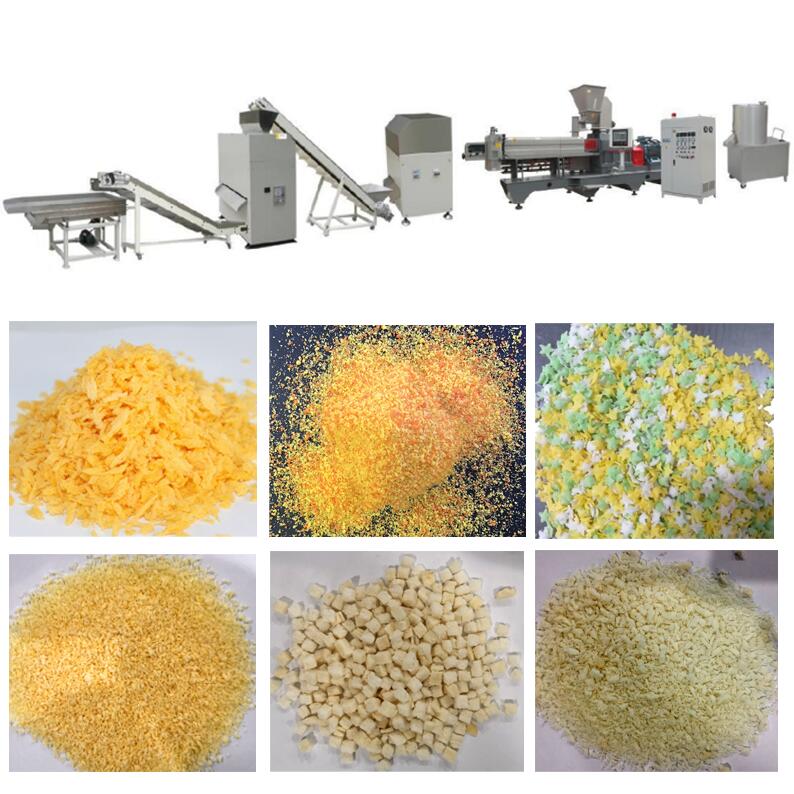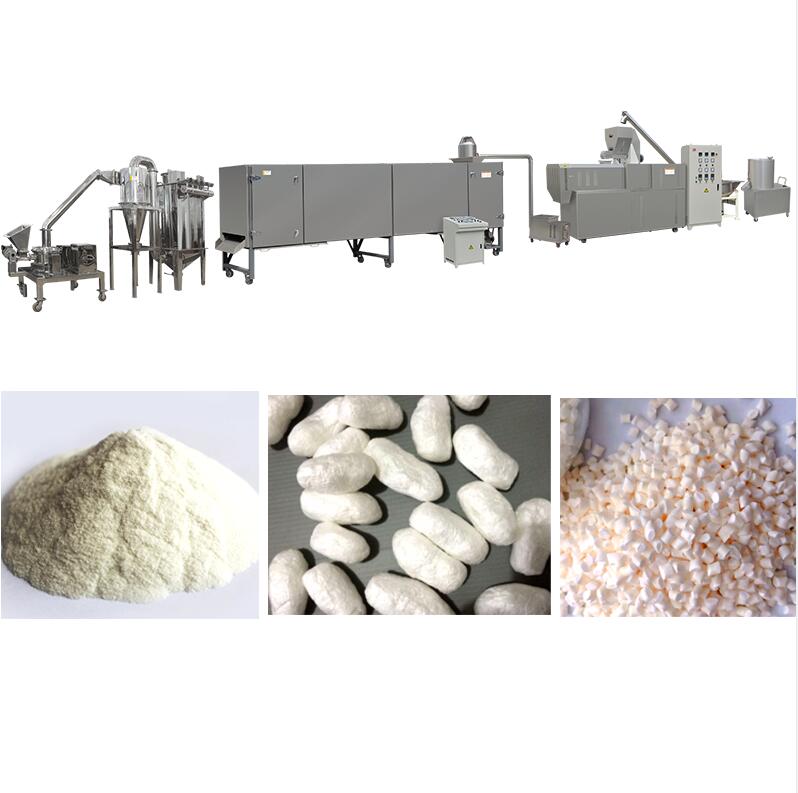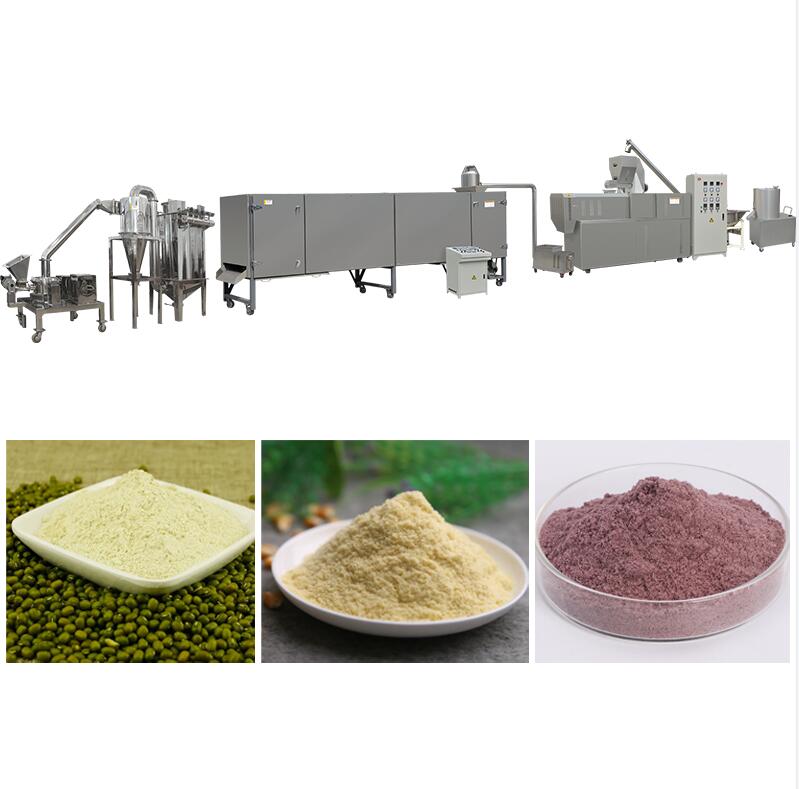How are plant-based nuggets and veggie burger produced?
How are plant-based nuggets and veggie burger produced?
Plant-based meat analogue is made from plant protein and undergoes a series of processing. It has a meat-like taste and rich protein, and is deeply loved by vegetarians.
Dayi produces and provides the entire vegetarian meat protein production line. We now introduce the plan as follows:
TVP or Soya Chunks Extruder → Storage → Rehydration → Crushing → Seasoning → Molding → Quick Freezing → Packaging
TVP or Soya Chunks Extruder → Storage → Rehydration → Crushing → Seasoning → Molding → Baking and Setting → Packaging → Freezing

-I. Core process flow and equipment configuration
1. Soya Chunks/nuggets Making
Equipment requirements: soya chunks making machine
-Using low-temperature soybean meal as raw material, a twin-screw extruder with a specific structure shears, heats, pressurizes, and cools the soybean meal powder to form plant tissue protein with organizational structure.
2. Rehydration
Equipment requirements: Rehydration tank (immersion equipment)
-Dry fibrous protein needs to be rehydrated to restore the fiber structure. Usually, a constant temperature water tank with stirring function is used. The water temperature is controlled at 30-50℃, and the immersion time is adjusted according to product requirements (such as 30 minutes to 2 hours).
-The rehydration tank will be equipped with an automatic feeding and drainage system to improve efficiency.
3. Fiber disassembly
Equipment requirements: Soya chunks Fiber disassembly machine/fiber disassembly machine
-The soya chunks/nuggets needs to be mechanically disassembled to form a loose fiber structure, similar to the principle of a meat grinder, but excessive fiber damage should be avoided.
4. Seasoning
Equipment requirements: high-speed mixer or vacuum mixer
-Mix the soya chunks fiber after disassembly with seasonings, adhesives (such as methylcellulose), oils, pigments, etc.
-A high-uniformity mixer (such as a double-shaft paddle type) should be selected to ensure that the materials are fully mixed and the fibers are not damaged.
5. Shape Forming
Equipment requirements: Patty forming machine (patty pressing machine)
-Molds are used for pressing and forming, and the molds can be adjusted according to product specifications (thickness, diameter).
-Servo-controlled fully automatic forming machines are recommended to ensure forming accuracy and efficiency (such as more than 10,000 pieces per hour).
-Some production lines are combined with twin-screw extruders for direct extrusion molding, but subsequent cutting equipment must be matched.
6. Drying
Equipment requirements: multi-layer penetration oven or tunnel dryer
Remove excess moisture and shape the patty structure. Multi-layer ovens (5-7 layers) can adjust the temperature (50-120℃) and wind speed to ensure uniform drying.
If a surface carbonization effect is required, an infrared baking module can be added.
7. التبريد
Equipment requirements: cooling conveyor
-Use a conveyor belt of more than 5 meters with an air cooling system to cool the patties to room temperature to prevent condensation after packaging.
8. Packaging and palletizing
Equipment requirements: fully automatic vacuum packaging machine or modified atmosphere packaging machine
– Choose pillow packaging or pallet sealing according to the product form, and it is recommended to integrate metal detection and weight sorting functions.
– Palletizing robots can improve packing efficiency.
-II. Auxiliary equipment and system integration
1. Conveying system
– Screw feeder, elevator, air conveyor, etc., connect each process section to achieve continuous production.
2. Control system
– PLC centralized control, touch screen operation interface, real-time monitoring of temperature, pressure, humidity and other parameters.
3. Sterilization and cleaning
– The high temperature and high pressure in the expansion process have achieved partial sterilization, and ultraviolet or ozone sterilization modules can be added before subsequent packaging.

